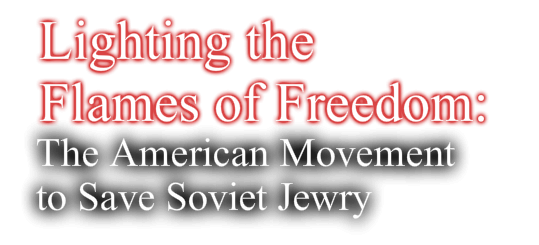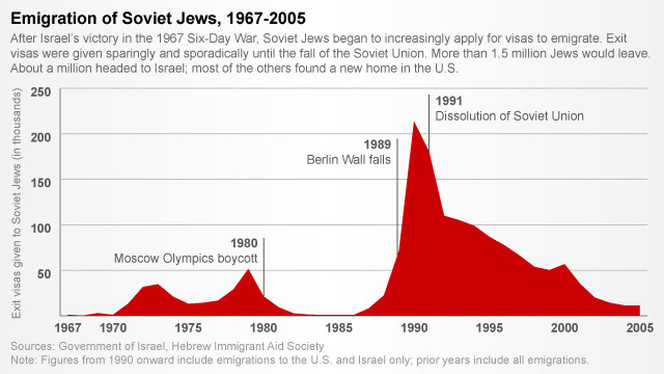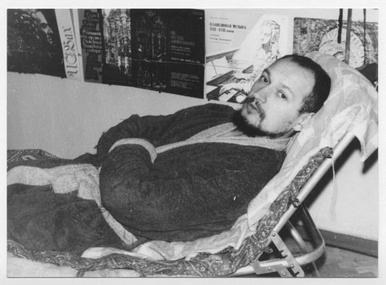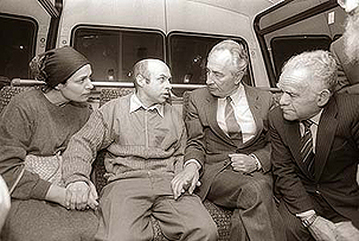Legacy
Following the December 7, 1987 rally in Washington D.C. for Soviet Jewry, emigration reform joined Glasnost and Perestroika, opening the doors to the outside world for those who wished to leave.
|
Graph from "Defying the KGB: How a Forgotten Movement Freed a People" by Jessica Ravitz, published on CNN.com, December 2012 .
|
"Soviet Jewry - and the dissident movement - had worked very hard to ensure that their freedom was the price of re engagement with the West, a necessary element of glasnost and perestroika. And once that thread was pulled, it wasn't long before everything unraveled." - When They Come for Us We'll Be Gone, Gal Beckerman
|
The Emigrants
|
Sergey Brin, 2012
|
"I would have never had the kinds of opportunities I've had here in the Soviet Union, or even in Russia today" - Google co-founder Sergey Brin in New York Times article Billionaire Aids Charity That Aided Him
|
|
Valery and Galina Panov preforming in Israel, August 2, 1977
|
Valery Panov on a hunger strike in November 1973, in Saint Petersburg.
|
Husband and wife Valery and Galina Panov immigrated to Israel from the Soviet Union in 1974, mostly due to foreign protest. After applying for an exit visa in 1972, Valery Panov was summarily fired from the Kirov Ballet, imprisoned, ostracized, and prohibited from taking classes or using a studio.
|
|
After his release from prison in February 1986, Natan Sharansky at last immigrated to Israel - 14 years after applying for an exit visa in 1973. In 1996, he founded the political party Yisrael B'Aliya (Israel for Immigration), and later became Deputy Prime Minister.
|
Prime Minister Shimon Peres and Foreign Minister Yitzhak Shamir welcome the long separated couple, Natan and Avital Sharansky, February 11, 1986.
|
Natan Sharansky
|
|
fasdf
|
"Between 1948 and October 1992, 2,279,179 Jewish immigrants arrived in Israel. Russian Jews accounted for nearly 27 percent of this total (64 percent of the Russian Jews have arrived since January 1990). Approximately 14.4 percent of all Jews living in Israel in 1992 come from various parts of the former Soviet Union.... For now, though, immigrant absorption is a monumental task. For each 100,000 arrivals there is a need for at least 20,000 new jobs, 30,000 housing units and essential services. Each new job necessitates an investment of close to $60,000." - Russian Jewish Immigration and the Future of the Israeli-Palestinian Conflict by Bernard Sabella, 1993








